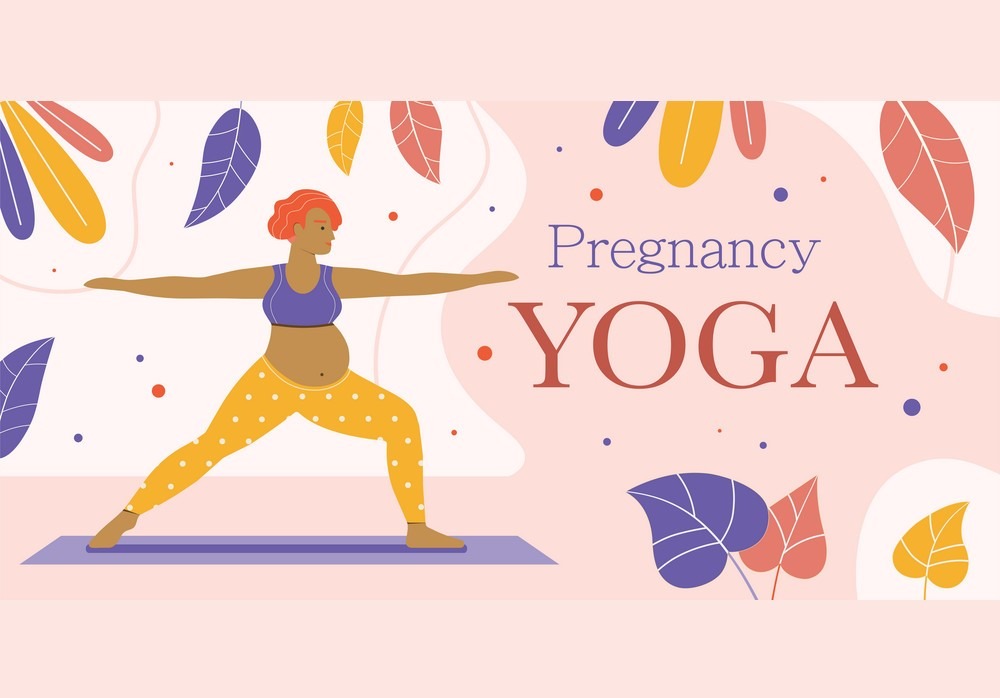How yoga helps reduce stress and anxiety naturally Get 5 Day Free Trial Now Yoga for Stress Relief: Unlock Inner Peace and Mental Health In...
Read MorePrenatal Yoga Poses for First Trimester
Welcome to Your First Trimester Journey: Embrace the Power of Prenatal Yoga
Congratulations, mama-to-be! As you embark on this beautiful journey of bringing new life into the world, you’re likely feeling a mix of excitement, wonder, and perhaps even a bit of overwhelm. The first trimester is a time of rapid change—not just for your body, but for your mind and emotions too. As you navigate this new chapter, it’s important to find moments of calm and connection with both yourself and your growing baby.
Prenatal yoga is more than just a physical practice; it’s a way to nurture your entire being during this transformative time. Whether you’re dealing with the waves of morning sickness, the fatigue that seems to come out of nowhere, or the flurry of emotions that accompany this stage, yoga offers a gentle, supportive space to breathe, stretch, and simply be present.
This guide is designed to help you embrace the early stages of pregnancy with grace, offering you a set of prenatal yoga poses specifically tailored for the first trimester. Let’s walk this journey together, one breath at a time.
Understanding the First Trimester
The first trimester is a period of significant hormonal changes, fatigue, and morning sickness. It’s essential to listen to your body and modify poses accordingly. Prenatal yoga, when practiced gently and mindfully, can help alleviate some of these discomforts while fostering a connection with your growing baby.
Benefits of Prenatal Yoga in the First Trimester
- Reduces stress and anxiety: Yoga’s emphasis on breath and mindfulness can help alleviate stress and anxiety, common during pregnancy.
- Improves sleep: Gentle yoga poses, and relaxation techniques can promote better sleep, essential for both you and your baby’s well-being.
- Alleviates discomfort: Certain poses can help alleviate common first-trimester discomforts like nausea, fatigue, and back pain.
- Strengthens the body: Building strength and flexibility through prenatal yoga prepares your body for the physical demands of pregnancy and childbirth.
- Enhances body awareness: Yoga encourages you to tune into your body’s sensations, helping you understand and respond to your changing needs.
Prenatal Yoga Poses for the First Trimester
Remember, it’s essential to listen to your body and modify poses as needed. Always consult with your healthcare provider before starting any new exercise regimen, especially during pregnancy.
Gentle Standing Poses
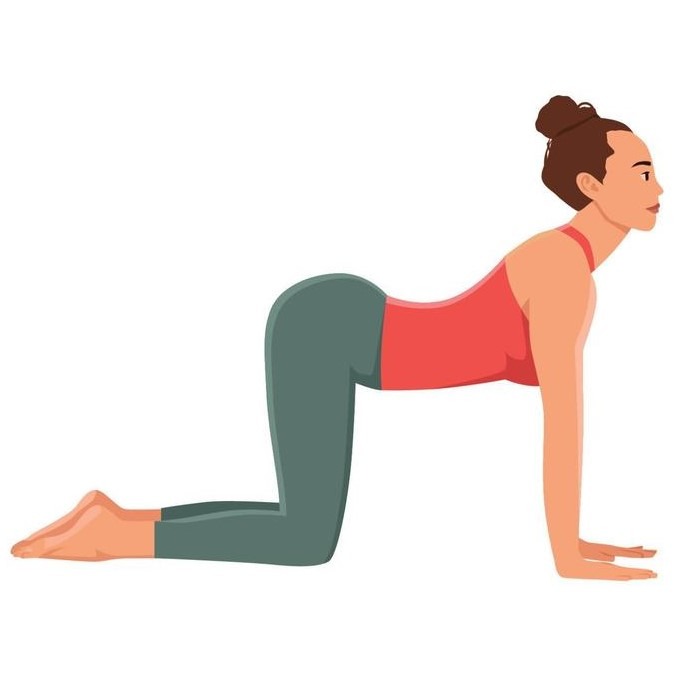
Marjaryasana/Bitilasana (Cat-Cow Pose)
Gentle spinal movements can help relieve back pain and stiffness.
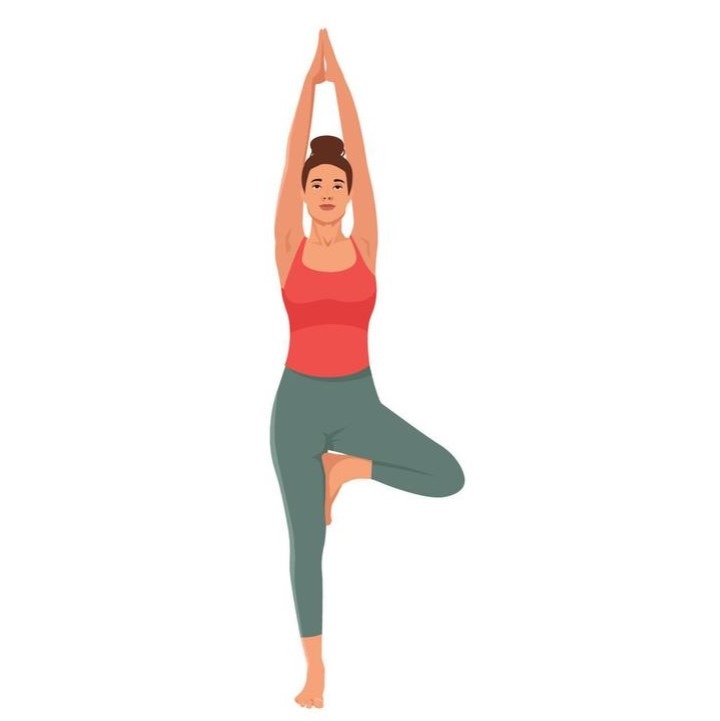
Vrikshasana (Tree Pose)
A great pose for balance and focus, modified by holding onto a wall for support if needed.
Seated Poses
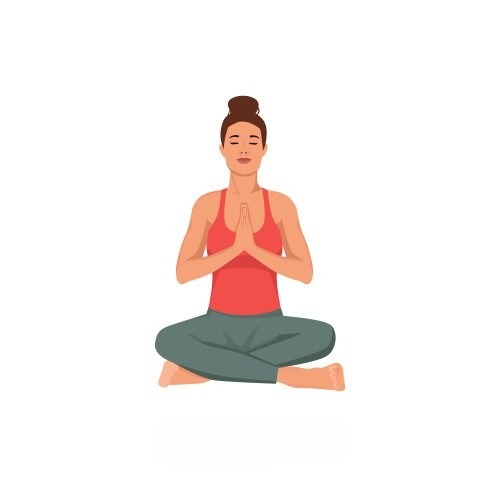
Sukhasana (Easy Pose)
A comfortable seated pose that can be modified with support under the hips.
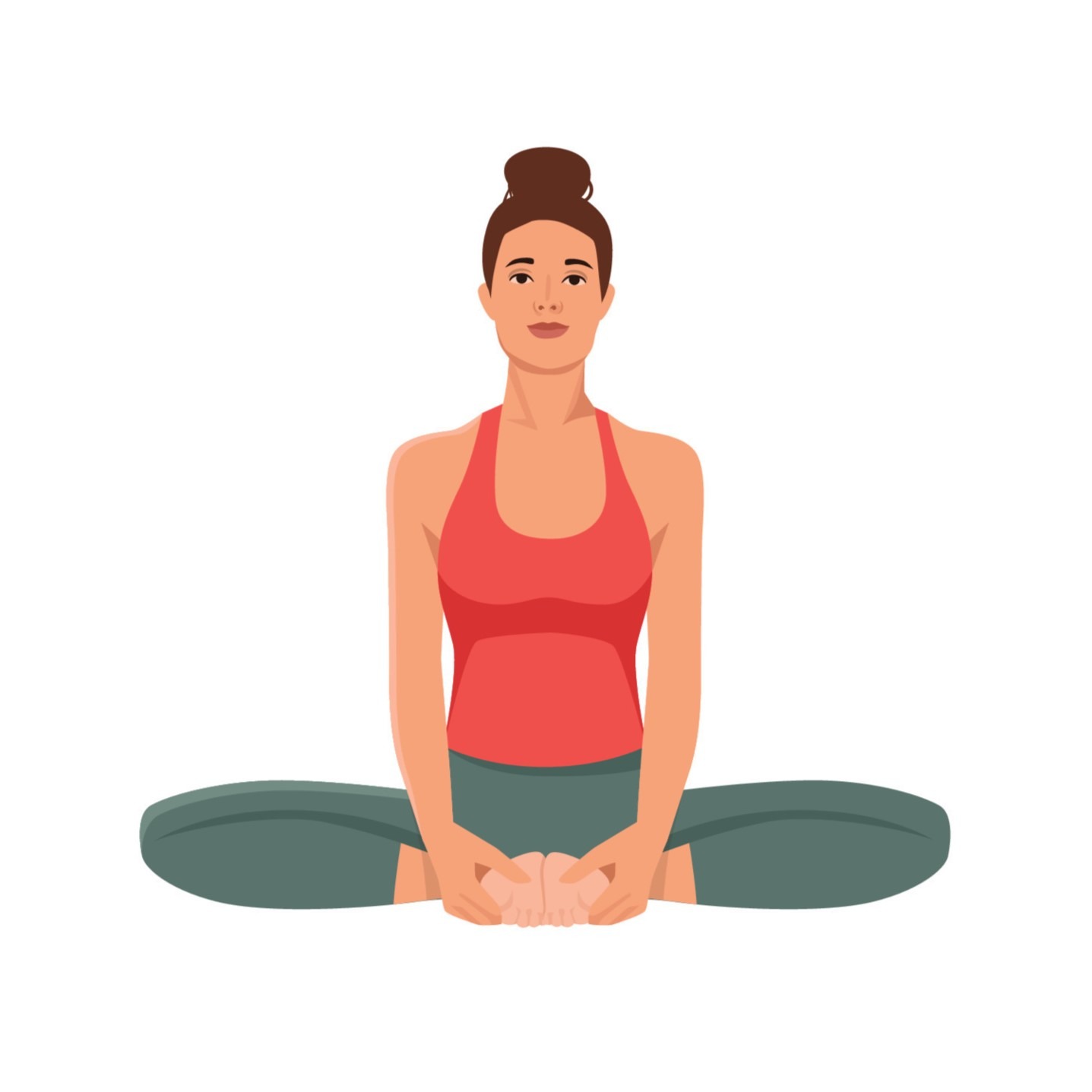
Baddha Konasana (Butterfly Pose)
A gentle hip opener that can be done with support under the knees.
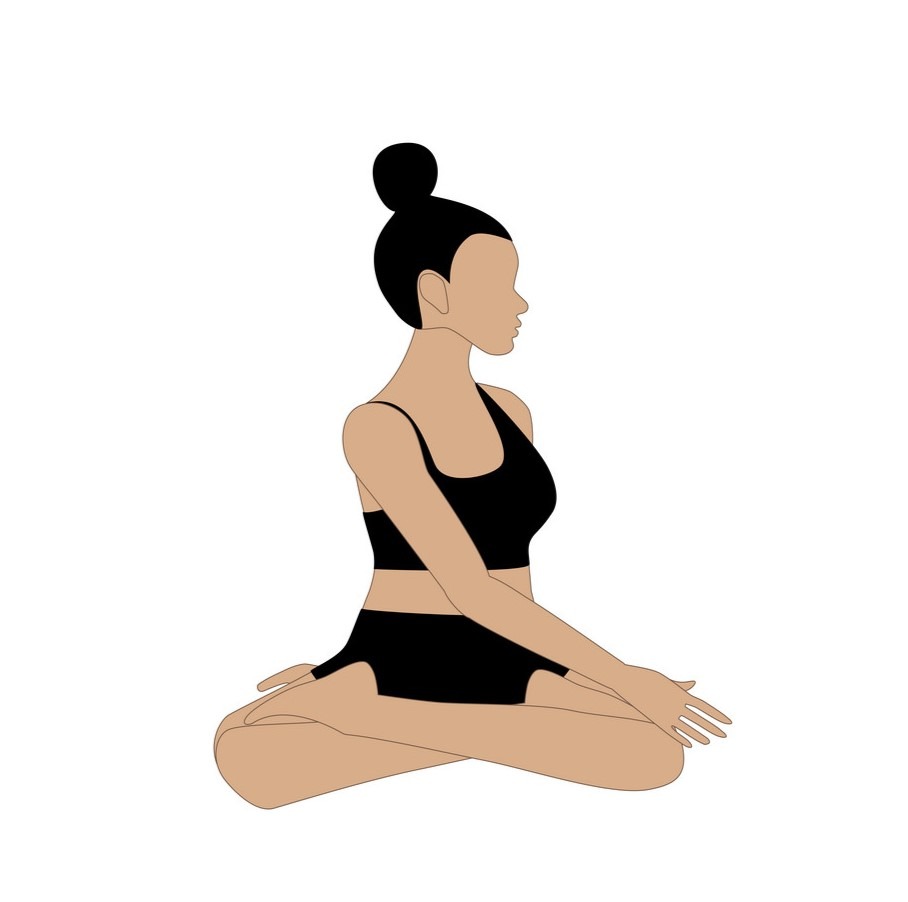
Supported Twist
A gentle twist can help relieve back tension. Use props like bolsters or pillows for support.
Lying Down Poses
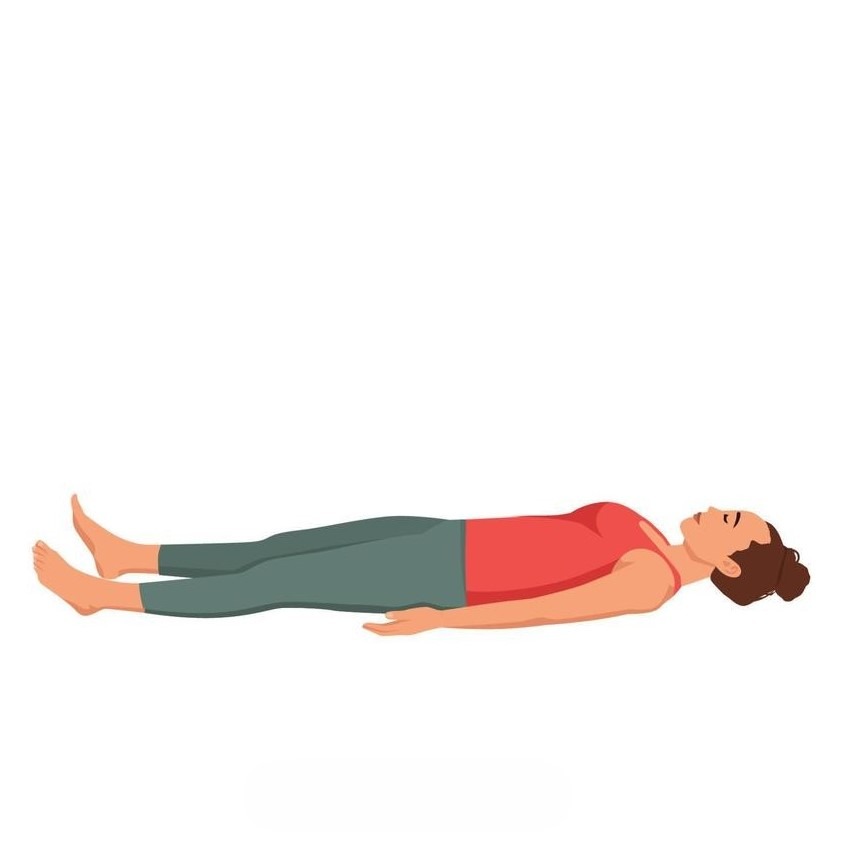
Savasana (Corpse Pose)
This grounding pose helps improve posture and balance.
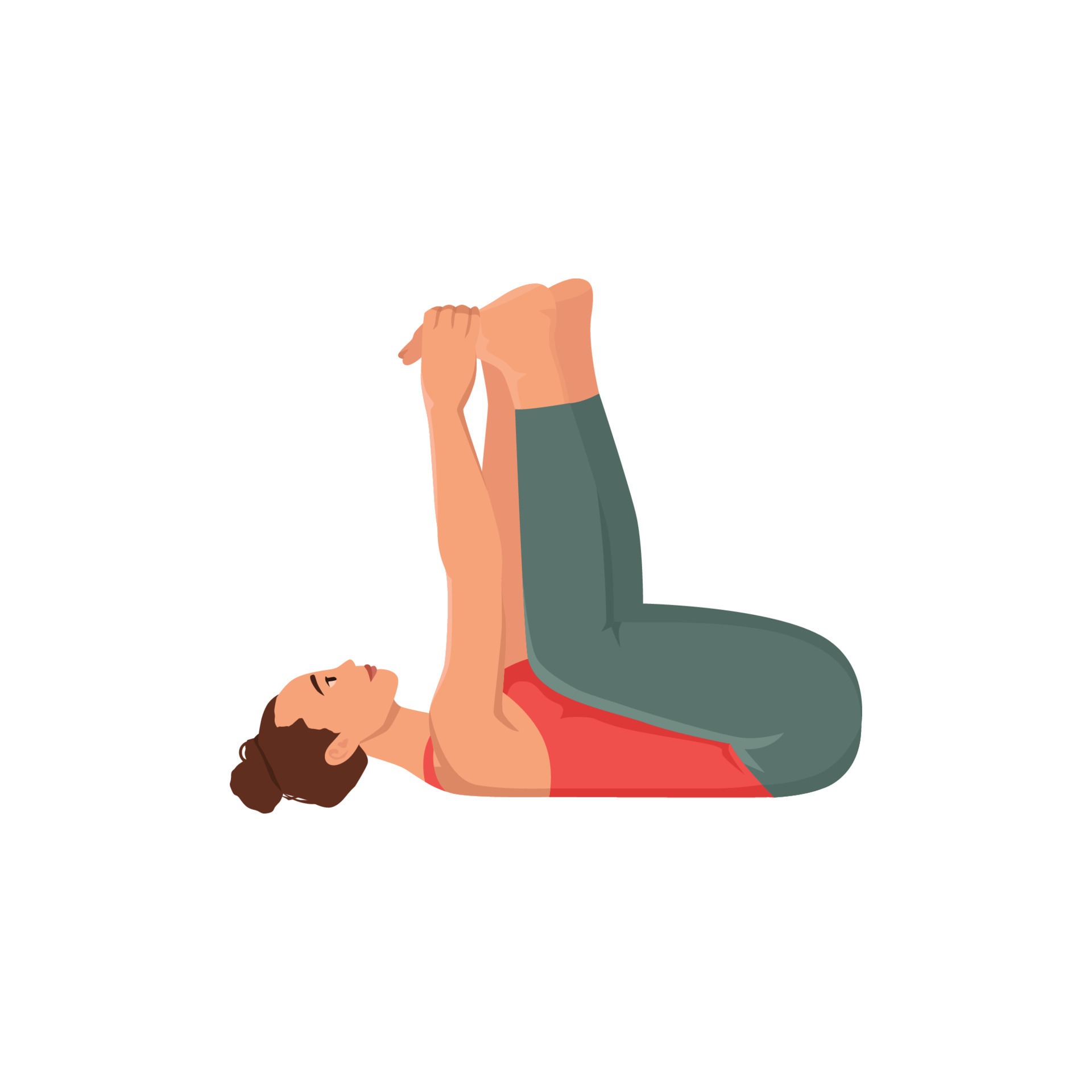
Ananda Balasana (Happy Baby Pose)
Gentle spinal movements can help relieve back pain and stiffness.
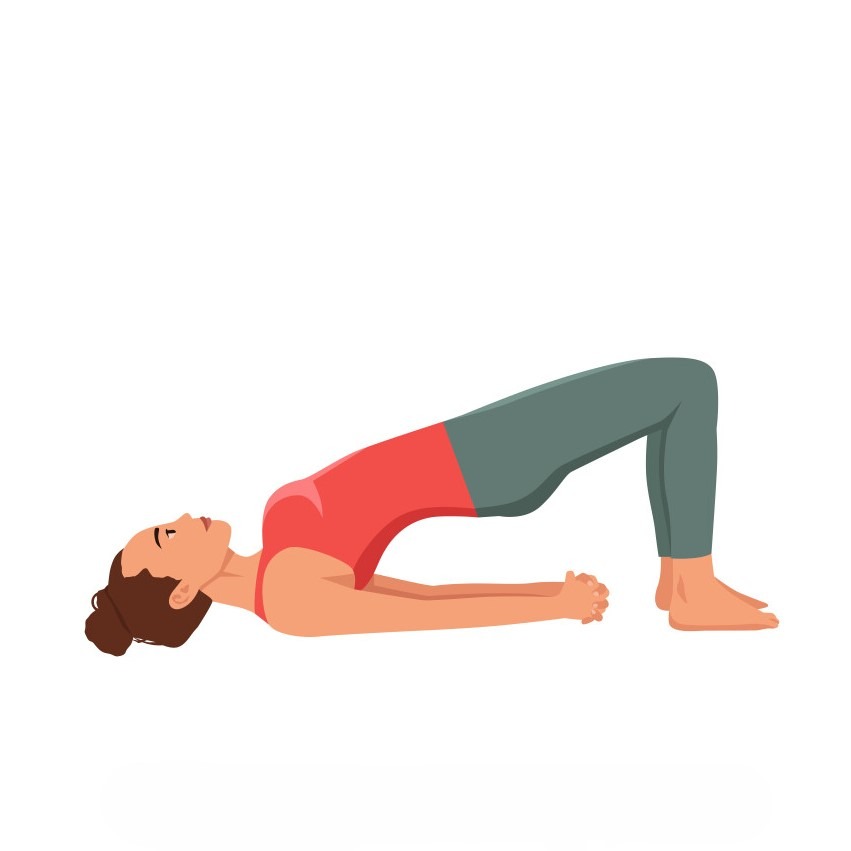
Setu Bandha Sarvangasana (Supported Bridge Pose)
A great pose for balance and focus, modified by holding onto a wall for support if needed.
Tips for Practicing Prenatal Yoga in the First Trimester
- Find a qualified instructor: A prenatal yoga teacher can provide guidance and modifications based on your individual needs.
- Listen to your body: Pay attention to your body’s signals and adjust or rest when needed.
- Stay hydrated: Drink plenty of water before, during, and after your practice.
- Practice regularly: Even short sessions of prenatal yoga can make a difference.
- Prioritize comfort: Use props like bolsters, pillows, and blankets to support your body.
Embrace Your Journey with Prenatal Yoga
Remember, prenatal yoga is a journey of self-discovery and connection. Embrace the changes your body is undergoing and enjoy the benefits of this gentle practice. Whether you’re alleviating discomfort or simply finding a moment of peace, prenatal yoga can be a valuable tool in your pregnancy journey.
Frequently Asked Questions about Prenatal Yoga
Yes, prenatal yoga is generally safe when practiced under the guidance of a qualified instructor. However, it’s essential to listen to your body and avoid any poses that cause discomfort.
While yoga may not cure morning sickness, some gentle poses and breathing techniques can help alleviate its symptoms.
Aim for 2-3 sessions per week but listen to your body and adjust as needed.
It’s best to avoid deep inversions, intense abdominal work, and poses that put excessive pressure on the belly.
If you have a history of miscarriage, it’s essential to consult with your healthcare provider before starting any new exercise regimen, including prenatal yoga.
How Menopause can be Effectively Managed
How Menopause can be Effectively Managed Get 5 Day Free Trial Now Managing Menopause: A Personal Journey for Every Woman Menopause is a profound transition...
Read MorePrenatal Yoga Poses for First Trimester
Prenatal Yoga Poses for First Trimester Get 5 Day Free Trial Now Welcome to Your First Trimester Journey: Embrace the Power of Prenatal Yoga Congratulations,...
Read MoreBook Free Demo Class
45 Min Live Interactive Online Class






